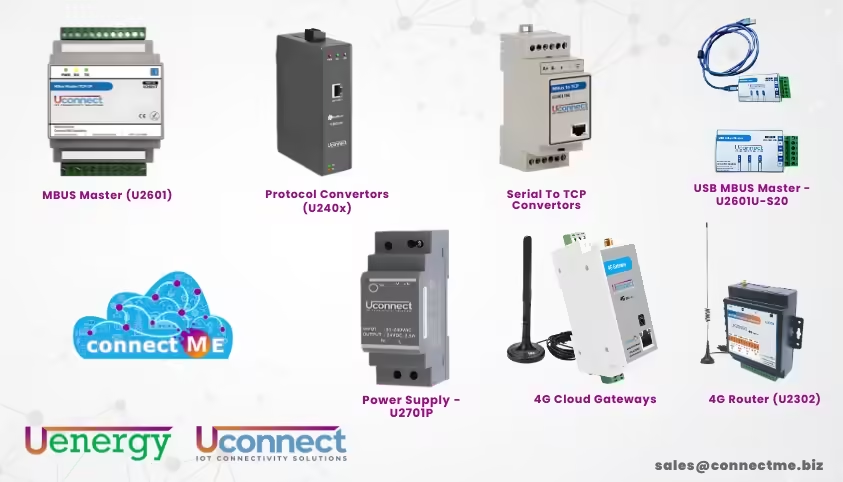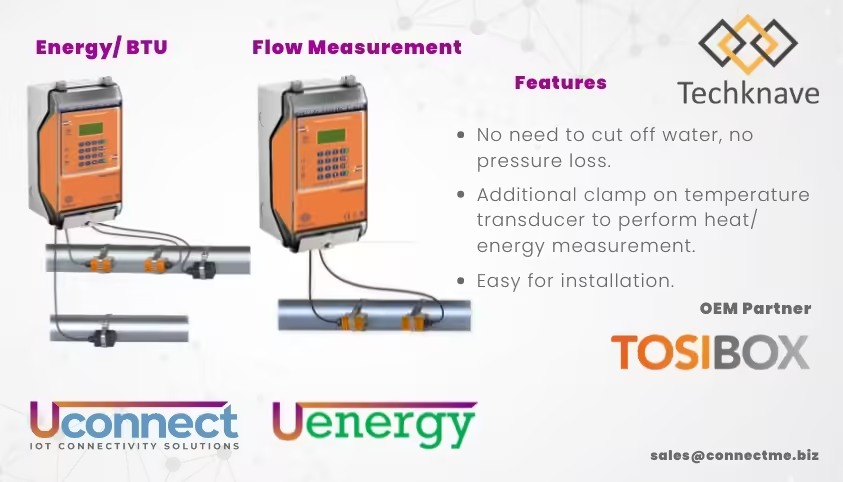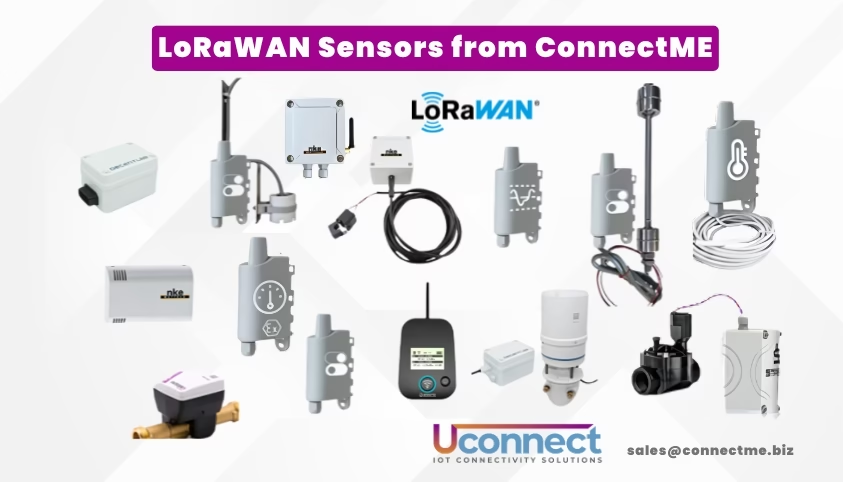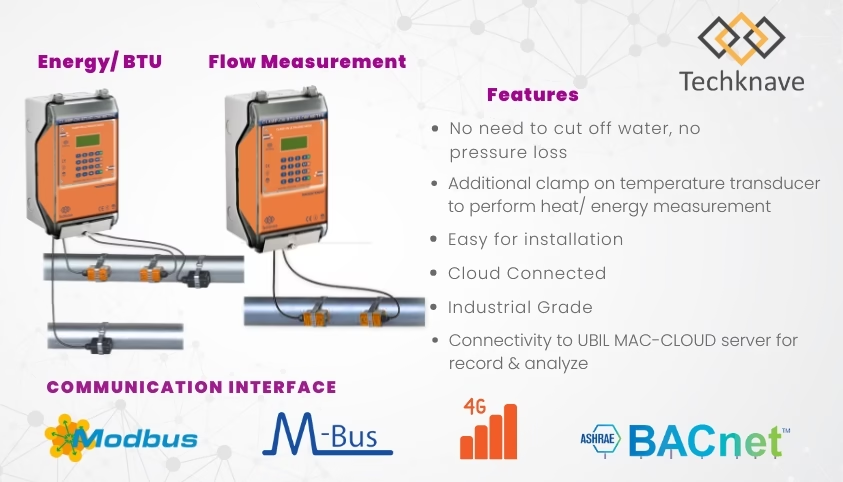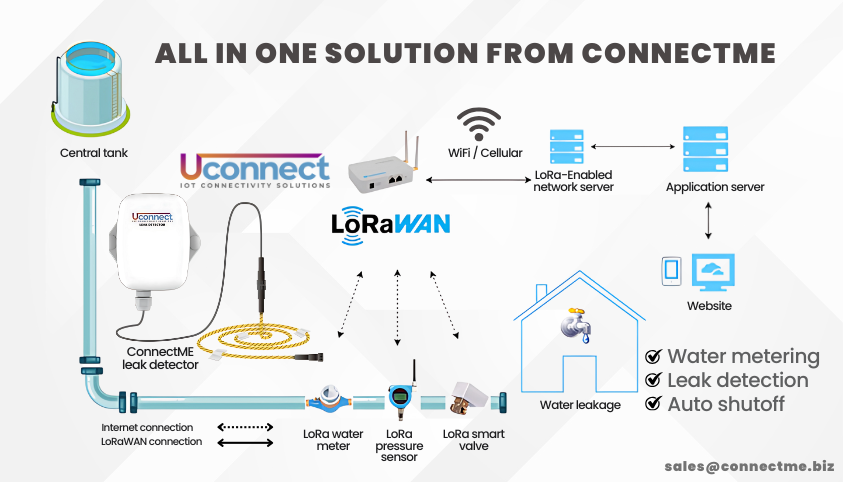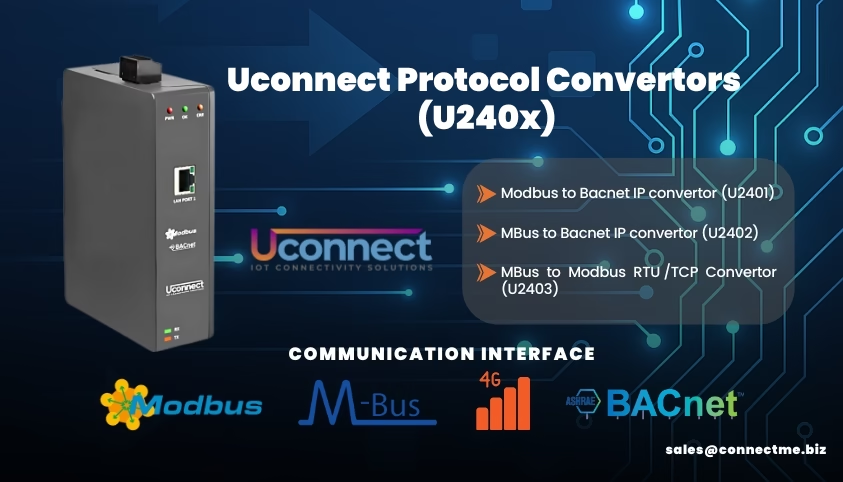
In an era where smart automation and building management systems demand high interoperability, ConnectMe Solutions leads the charge with its powerful and scalable Uconnect MBUS Master (U240x) series of protocol convertors. These devices are engineered to bridge the gap between disparate communication protocols such as Modbus, MBus, BACnet IP, and Modbus TCP/RTU, offering a reliable, plug-and-play solution for system integrators and facility managers.
Introducing the Uconnect MBUS Master (U240x)
The U240x series stands out for its robust hardware, intuitive setup, and flexible deployment. It is purpose-built to act as a protocol gateway, simplifying the task of integrating legacy and modern systems into a cohesive network. Whether it’s connecting energy meters, HVAC controllers, or smart devices, the Uconnect MBUS Master ensures smooth data flow and interoperability.
At its core, the U240x enables:
- Seamless data exchange between multiple communication protocols
- Remote access and configuration
- Compact DIN-rail design ideal for control panels
- Reliable performance in industrial environments
Key Applications
- Building Automation Systems (BAS)
- Energy Management and Monitoring
- Smart Metering
- Industrial Automation
- Data Acquisition Systems
“ConnectMe’s U240x range is a game-changer in smart building automation. It removes protocol silos and connects legacy systems with modern networks effortlessly.”– KOTHANDAPANI (KOTHS), IIOT SPECIALIST AT CONNECTME SOLUTIONS
Product Variants & Implementation Scenarios
Each model in the U240x series is tailored for specific communication conversion needs. Here’s a breakdown of its versatile range:
1. Modbus to BACnet IP Convertor (U2401)
Perfect for retrofitting existing Modbus devices into modern BACnet IP systems in smart buildings and industrial setups.
U2401-1:
- 1 Serial Port
- Supports up to 32 Modbus Devices
- Ideal for smaller building sections or sub-systems
U2401-2:
- 2 Serial Ports
- Supports up to 64 Modbus Devices
- Suitable for mid-size automation networks needing expanded serial support
Use Case: Integrating legacy Modbus-based HVAC systems into a BACnet-based Building Management System (BMS).
2. MBus to BACnet IP Convertor (U2402)
Designed to link MBus-based energy and utility meters with BACnet IP platforms.
U2402-S125:
- Supports up to 125 MBus Slaves
- Fits well in medium-size commercial buildings or utility rooms
U2402-S250:
- Supports up to 250 MBus Slaves
- Ideal for large-scale metering systems in industrial or multi-building campuses
Use Case: Centralized energy consumption reporting from water, gas, and electricity meters to a BACnet-powered BMS.
3. MBus to Modbus RTU/TCP Convertor (U2403)
Facilitates the conversion of MBus metering data into Modbus RTU or TCP protocols for SCADA systems or industrial PLCs.
- U2403-S125: Supports 125 MBus Slaves
- U2403-S250: Supports 250 MBus Slaves
Use Case: Utility meter integration into Modbus-based energy monitoring and SCADA systems.
Benefits briefly
- Protocol Flexibility: Supports Modbus RTU/TCP, BACnet IP, and MBus
- Scalable Architecture: Handles from 32 to 250 devices depending on the model
- Compact and Industrial Grade: DIN-rail mount with robust build quality
- Easy Integration: Designed for fast deployment in existing infrastructures
- Remote Management: Remote configuration and diagnostics
Uconnect MBUS Master by ConnectMe Solutions offers a cutting-edge solution for seamless communication across diverse building and industrial automation systems. At the heart of this innovation lies the U240x series of protocol convertors, designed to bridge protocols like Modbus, MBus, BACnet IP, and Modbus RTU/TCP, making integration simple, scalable, and future-ready.
Whether you’re retrofitting an existing facility or designing a new smart infrastructure, the Uconnect MBUS Master (U240x) by ConnectMe Solutions offers a future-ready, scalable solution to bridge protocol barriers. With tailored variants for specific protocol conversions and device capacities, it empowers seamless communication between systems—delivering operational efficiency, energy transparency, and better building intelligence.


